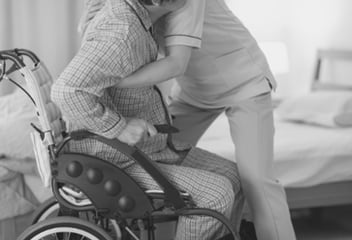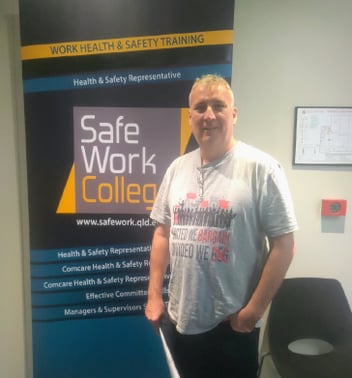Psychosocial health must be front of mind
Psychosocial health is the physical, mental and social state of a person.
Workers exposed to adverse workplace culture are at greater risk of developing a psychological injury caused by mental
stress.
Any workplace hazard that creates a risk of harm to a worker’s psychological (mental) health are known as psychosocial hazards. These hazards can cause both psychological and physical harm.
Psychosocial hazards can come from the following:
- The way the work or job is designed, organised and managed,
- Work relationships and interactions, including bullying, harassment, discrimination, aggression and violence, o
- The equipment, working environment or requirements to undertake duties in
hazardous environments.
- High or low job demands, ‘
- Violence and aggression,
- Harassment, including sexual harassment,
- Bullying,
- Low job control,
- Poor support,
- Conflict or poor workplace relationships and interactions,
- Lack of role clarity,
- Poor organisational change management,
- Inadequate reward and recognition,
- Poor organisational justice,
- Poor physical environment,
- Remote or isolated work, or
- Traumatic events.
Increase in psychosocial related work injuries
Recent research (as of 2019) shows psychosocial injuries in workplaces across Australia has increased and is likely to increase further because of the pandemic.
In recent years mental stress claims have been significantly rising and continue to rise. While mental stress claims only make up a small proportion of the overall workers’ compensation claims, the associated time lost and costs are significantly higher compared to those overall compensation
claims.
The frequency rates of workers’ compensation claims for harassment and / or bullying and exposure to workplace
or occupational violence made by female employees is twice the rates of these claims made by males.
Occupations with a higher risk of exposure to work-related harassment and /or workplace bullying include:
- Miscellaneous clerical and administrative workers,
- Defence force members, and
- Fire fighters and police.
Industry groups with the highest frequency rates of work-related harassment and/or bullying include:
- Public order and safety services,
- Residential care services, and
- Civic, professional, and other interest
group services.
Take these steps in your workplace to address this critical WHS issue:
- The PCBU still has a ‘Duty to Consult’ and has a ‘Duty to identify psychosocial
hazards’ within the workplace. - Complete or ensure a risk assessment has been done. A psychosocial risk
assessment is carried out in exactly the same as you would for a physical
workplace risk assessment as both are hazards that can cause harm.
HSRs have the right to request this assessment be completed. - Follow the ‘Hierarchy of Controls’.
Level 1 – Eliminate the hazard
Level 2 – Substitute the hazard with
something safer.
- Isolate the hazard from people
- Reduce the risks through engineering
controls
Level 3 – Reduce the exposure to the hazard using administrative actions
- Use PPE
Psychosocial hazards in workplaces are real and growing every day.
HSRs need to apply all the same principles to this critical WHS issue and get it under
control.
As with any other workplace hazard, a life could be lost.


